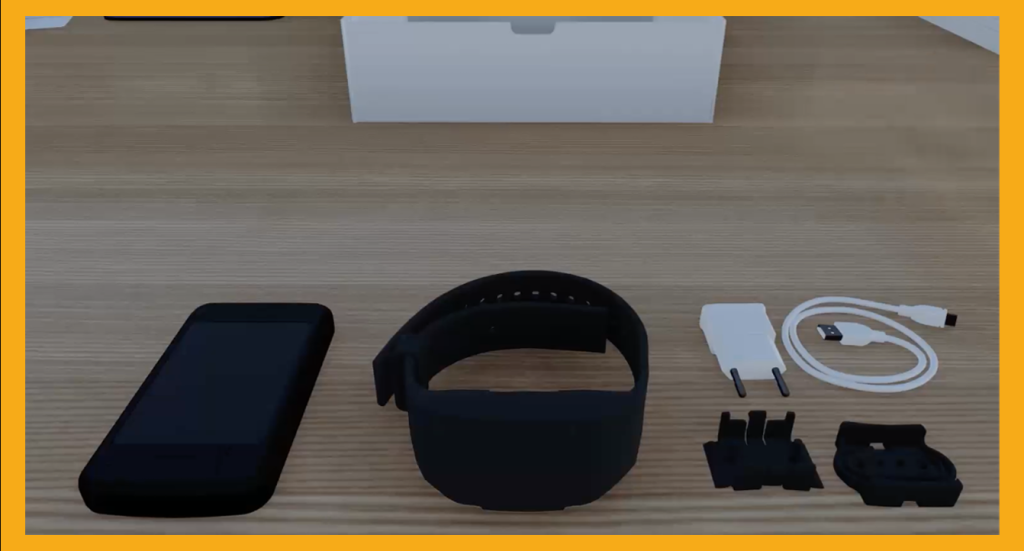
Electronic Monitoring System:
Electronic monitoring of people convicted under probation while continuing their lives in the community:
There is a need for a method that provides monitoring, surveillance and supervision of suspects, defendants, or convicts in the community with electronic methods and tools and is used in the execution of decisions that support the protection of the victim and society.
Electronic monitoring offers convicts the opportunity to stay away from the psychology of incarceration,
to live in the family/society, to work and sustain their lives
while serving their sentence. While convicts are kept under control and observation by an authority, they have the chance to live freely in regular living conditions. Since people under electronic monitoring know that they are under control, the tendency to re-offend is considerably reduced.
Electronic monitoring also contributes to reducing the costs associated with keeping people in prison.
In addition, electronic monitoring is used to monitor people in the rehabilitation process and people with mental illnesses, positively affecting public health.
Mahrek Technology's Solution
The Mahrek team worked with the responsible administration officials, conducted a needs analysis, and presented a system solution that includes components consisting of a software platform and hardware.
Monitoring at Home
This is the scenario in which the location of the person(s) sentenced to house arrest is monitored during the execution of the sentence. This scenario is also used for monitoring people who are in the rehabilitation process or mentally disabled. The devices used are home units and electronic tags.
The electronic tag, which is fastened on the wrist or ankle of the monitored person, communicates with the home unit installed in the location where the monitoring will take place via BLE technology. The home unit processes the data coming from the electronic tag and checks whether the person is in the location he/she is obliged not to leave. In case of any abandonment or violation, instant alarms are sent to the authorities in the monitoring center.


Continuous Tracking
This is a scenario in which monitoring is carried out to prevent people from going to certain places or leaving certain areas, as determined by a court order. The devices used are electronic tags and mobile units.
The electronic tag, which is fastened on the wrist or ankle of the person, communicates with the mobile unit via BLE technology. The mobile unit processes the data from the electronic tag and transmits the information about the person’s presence or absence in the defined area to the central server over the GSM network. In case of any violation, instant alarms are sent to the authorities in the monitoring center.
Victim Protection
This is a scenario in which orders are executed that one of the persons cannot approach the other more than a certain distance. The devices used are mobile unit (Assailant), electronic tag (Assailant) and mobile unit (Victim).
The person identified as the assailant is monitored continuously with an electronic tag. The person identified as the victim has a mobile unit (GPS unit) and he/she can also be monitored continuously by means of this mobile unit. A dynamic buffer zone is created around the victim by defining the precautionary distance that the decision-making authority wants to apply on the software platform. In cases where the assailant approaches and enters this zone, an alarm is triggered instantly and sent to the authorities in the monitoring center. On the mobile unit given to the victim, there is a panic alarm button that sends a call for help to law enforcement units when the victim feels in danger.


Alcohol Consumption Monitoring
This is a scenario in which people who have been ordered not to drink alcohol are subjected to alcohol level measurements and identity verification at specified intervals. The device used is an alcohol monitoring unit.
A rule is defined through the software for the time intervals determined by the decision-making authority. During these time intervals, the alcohol level measurement request is automatically sent to the device at random times by the software platform. After the warning to the device, the person blows to measure the alcohol level, during which the test photo is taken and recorded by the built-in camera. The test photo is compared with the reference photo defined in the system. If an alcohol level above the specified alcohol level threshold is measured, an alarm is sent to the monitoring center authorities.
Project Result
The system was installed, training of operation authorities and unit personnel was completed, and the software platform and hardware were delivered. Monitoring was initiated under the relevant scenarios. Throughout the monitoring, it has been observed that recidivism cases have decreased, and that being in their own living spaces during the monitoring period and not being deprived of their social lives have positive effects on people.





